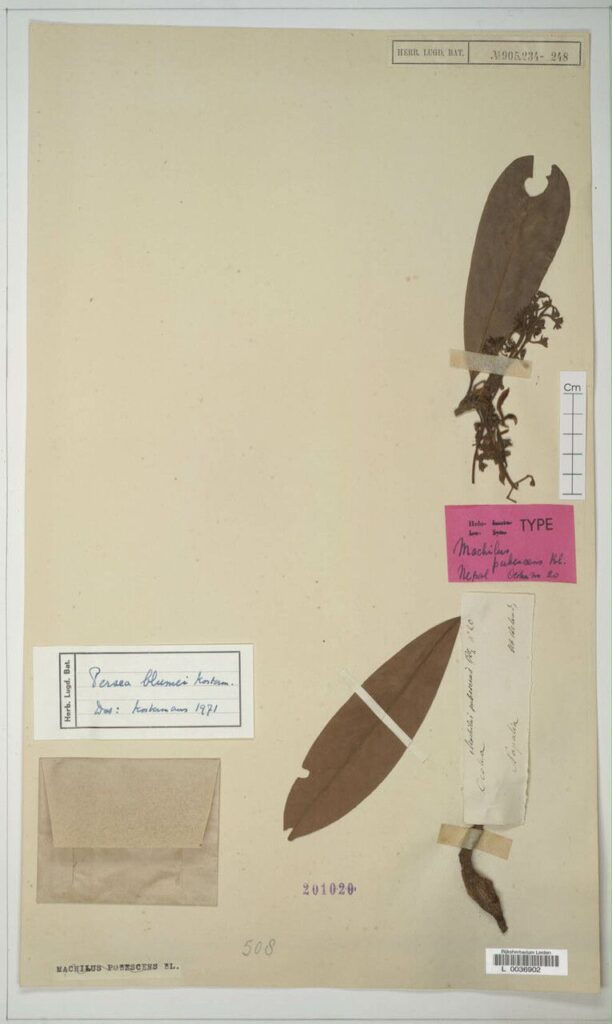Unlocking the Secrets of the Machilus pubescens: A Guide to Propagation
The Machilus pubescens, also known affectionately as the “hairy machilus” for its fuzzy young leaves, is a fascinating tree with a lot to offer. Native to East Asia, this evergreen species boasts beautiful, glossy foliage and an attractive growth habit that adds a touch of elegance to any landscape. But propagating this intriguing tree can be a bit of a mystery for many.
Don’t worry, nature enthusiasts! While not as common as some other species, successfully propagating Machilus pubescens is entirely achievable with the right knowledge and a sprinkle of patience. Let’s dive into the methods that hold the key to growing new life from this remarkable tree.
1. Seed Propagation: Embarking on the Journey of Patience
Collecting seeds from mature Machilus pubescens trees in the fall offers the most natural propagation method. Look for the small, fleshy fruits that turn purplish-black when ripe. Remember to handle the fruits gently to avoid damaging the precious seeds within.
- Sowing the Seeds: Sow the seeds immediately, as they tend to lose viability quickly. Plant them in a well-draining seed starting mix, lightly covering them with soil.
- Patience is Key: Germination can be slow and erratic, sometimes taking several months or even a year. Maintain consistent moisture and a warm environment to encourage sprouting.
2. Semi-Hardwood Cuttings: A Faster Path to Success
For those seeking a quicker route, propagating Machilus pubescens from semi-hardwood cuttings in late summer or early fall is a viable alternative. This method involves taking cuttings from healthy, semi-mature stems of the current year’s growth.
- Prepare the Cuttings: Cut stems about 4-6 inches long, making sure each cutting has at least two nodes (the bumps where leaves emerge). Remove the lower leaves and wound the base slightly to encourage root formation.
- Rooting Hormone Advantage: Dipping the wounded end in rooting hormone powder can significantly increase the chances of successful rooting.
- Plant and Wait: Plant the cuttings in a moist, well-draining potting mix and enclose the pot in a plastic bag to create a humid environment. Roots typically develop within 6-8 weeks.
3. Air Layering: Encouraging Roots While Still Attached
Air layering is a less common but potentially effective method, particularly for propagating larger branches. This technique involves stimulating root formation on a stem while it’s still attached to the parent plant.
- Creating the Wound: Select a healthy branch and make a shallow upward cut about a third of the way through the stem.
- The Rooting Medium: Wrap the wounded area with moist sphagnum moss and secure it with plastic wrap, creating a humid environment to encourage root development.
- Patience and Separation: Air layering can take several months. Once a healthy root system develops, separate the newly rooted branch from the parent plant and plant it in a suitable location.
Caring for Your Machilus pubescens Progeny:
Regardless of the propagation method you choose, young Machilus pubescens trees thrive in well-drained soil and partial shade. Regular watering is crucial, especially during the first year, to establish a strong root system. With proper care and attention, your propagated Machilus pubescens will flourish, enriching your landscape with its unique beauty for years to come.
